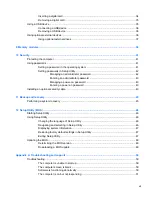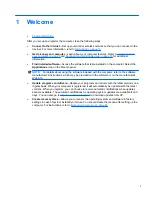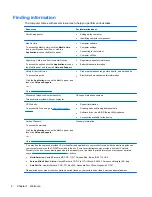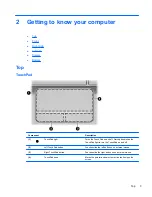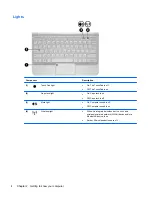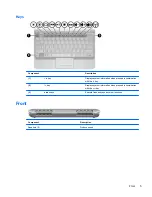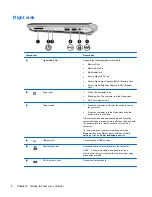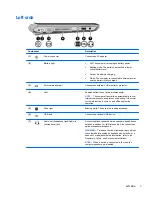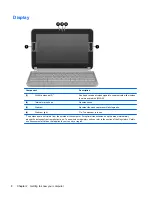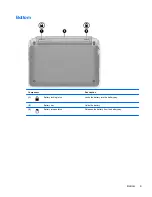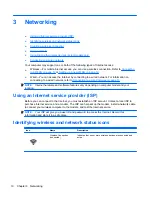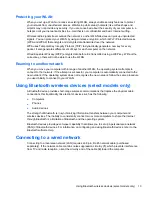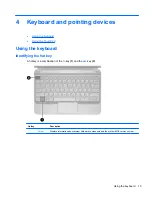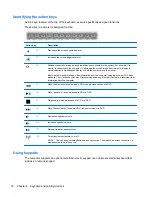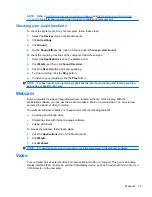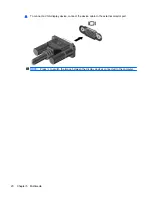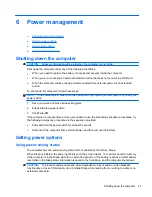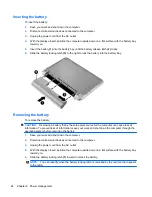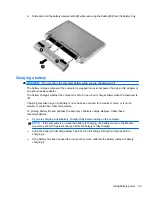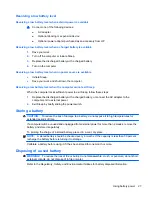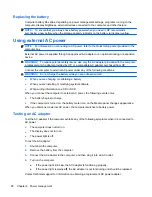
Protecting your WLAN
When you set up a WLAN or access an existing WLAN, always enable security features to protect
your network from unauthorized access. WLANs in public areas (hotspots) like coffee shops and
airports may not provide any security. If you are concerned about the security of your computer in a
hotspot, limit your network activities to e-mail that is not confidential and basic Internet surfing.
Wireless radio signals travel outside the network, so other WLAN devices can pick up unprotected
signals. You can protect your WLAN by using wireless encryption, which is Wi-Fi Protected Access
(WPA and WPA2) that encrypts and decrypts data transmitted over the network.
WPA uses Temporal Key Integrity Protocol (TKIP) to dynamically generate a new key for every
packet. It also generates different sets of keys for each computer on the network.
Wired Equivalent Privacy (WEP) encrypts data before it is transmitted using a WEP key. Without the
correct key, others will not be able to use the WLAN.
Roaming to another network
When you move your computer within range of another WLAN, the operating system attempts to
connect to that network. If the attempt is successful, your computer is automatically connected to the
new network. If the operating system does not recognize the new network, follow the same procedure
you used initially to connect to your WLAN.
Using Bluetooth wireless devices (select models only)
A Bluetooth device provides short-range wireless communications that replace the physical cable
connections that traditionally link electronic devices such as the following:
●
Computers
●
Phones
●
Audio devices
The strength of Bluetooth is in synchronizing information transfers between your computer and
wireless devices. The inability to consistently connect two or more computers to share the Internet
through Bluetooth is a limitation of Bluetooth and the operating system.
Bluetooth devices provide peer-to-peer capability that allows you to set up a personal area network
(PAN) of Bluetooth devices. For information on configuring and using Bluetooth devices, refer to the
Bluetooth software Help.
Connecting to a wired network
Connecting to a local area network (LAN) requires an 8-pin, RJ-45 network cable (purchased
separately). If the network cable contains noise suppression circuitry
(1)
, which prevents interference
from TV and radio reception, orient the circuitry end of the cable
(2)
toward the computer.
Using Bluetooth wireless devices (select models only)
13
Содержание Mini 210-2000 - PC
Страница 1: ...HP Notebook User Guide ...
Страница 4: ...iv Safety warning notice ...

